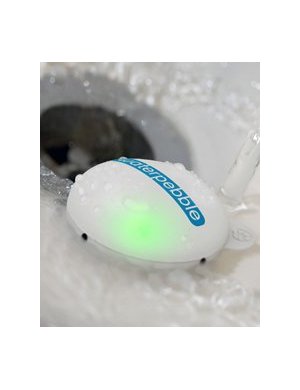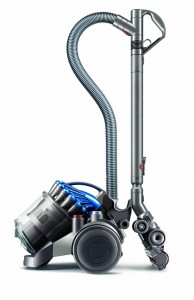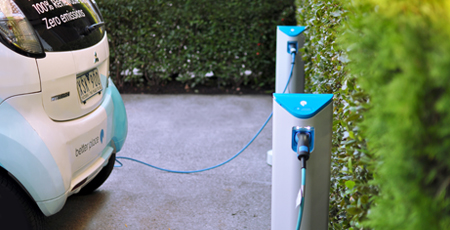In 1987, the World Commission on the Environment highlighted the need to create sustainable products that would meet the needs of the present world “without compromising the ability of future generations to meet their own needs”..
Reality check: it’s been almost twenty-five years since this discussion started. How are we doing? Is the market regulating itself (Uh, no, not so much)? Are we getting better at sustainable product design (well, yes we are)? Since that time, many green products have come and gone. But recently it seems like the process of ‘greening the marketplace’ has sped up.
I remember when I saw Chevron’s environmental ad campaign in Washington DC last year. Signs were plastered to bus stops all over the city. I was extremely disturbed and irritated that Chevron—one of the worst polluters in the world—was trying to rebrand itself as being an ‘environmentally conscious’ organization. With that sad irony aside, what it made me realize was that a ‘Green Future’ had finally entered popular consciousness in a way that was going to have a huge impact on the marketplace. Companies like Chevron may well manipulate this trend, but on the whole I think it’s a good thing.
Right on time, there was an explosion of green innovation in 2011. When the demand is there, supply will follow. And people are starting to actually want to participate in the green revolution.
With each passing year, those who think up, design and create these products seem to get a bit savvier in the balancing act involved in creating an excellent consumer product while doing so in a sustainable way. It seems like we’ve reached a tipping point. Going green has never been sexier or more saleable. Check out the following sustainable products to see what I mean.
Magic Windows
An inclination to question the meaning of “normal” and an occurrence on the Ross Ice Shelf in March 2000 led entrepreneur Justin Hall-Tipping to make an extraordinary breakthrough in the development of sustainable energy. Six and one-half years later with the help of 180 lab researchers, Hall-Tipping revealed a window that could reflect heat into a room if it was needed, or reflect it away when not. Carbon, when attached to the window by polymers, causes the sun’s heat to enter or deflect from the room as needed.
 Mushroom Packaging
Mushroom Packaging
Eban Bayer’s concerns over the synthetic materials in plastics and the effect they’re having on the earth led him to make some exciting discoveries about mushrooms. Bayer and his team discovered that part of the mushroom’s root structure, called mycelium, can be used to create materials similar to those typically used for conventional synthetics. The resulting materials are 100 percent compostable, making mushroom packaging and other plastic-replacement products an extremely sustainable product.
Waterpebble
Regardless of how environmentally conscious you might be, time can get away from you while relaxing under a nice, hot shower. Countless gallons of water go down the drain, literally, resulting in high water usage and waste. This small dome-shaped disc sits in the bottom of your shower and monitors water use for you. As water goes down the drain, the light changes from green to yellow to red, signaling the user that excessive amounts of water are being used.
Seal-Once
Many surfaces around the home require waterproofing to keep them from excessive water absorption, leading to the development of mold. Typical waterproofing products are chemical-laden and introduce toxic chemicals into the air, landscaping and nearby water sources. Water-based Seal-Once protects wood deck and home exterior surfaces, as well as concrete and brick without irritants, toxins and VOCs, while protecting exterior surfaces from UV damage and fungus.
 Dyson Vacuum
Dyson Vacuum
In 2011 Dyson saw its best year in sales ever. It may seem peculiar that I include this modest home-maintenance product alongside breakthroughs like Hall-Tippings Magic Windows and Eben Bayers’s mushroom packaging, but I think that Dyson is a product that will be a prototype for appliances of the future. All of its parts are reusable—Dysons are, in other words, recyclable. You can send your Dyson back to the factory when you’re done with it and it will be reused. Dyson vacuums have no bags and no replacement filters, so there is no unnecessary waste. The vacuums are packaged using all recyclable materials. The motor is low wattage to save energy. In other words by applying a little thoughtfulness, Dyson took a toxic, waste-producing product, and made a completely clean, green one.
We can see this shift rippling out when we look at the way that auto companies are increasingly using recycled materials to manufacture cars. I really hope to see this trend continuing to pick up speed across the engineering sector in coming years.
Thomas Stone is a freelance writer, invested in a permaculture lifestyle, and committed to supporting sustainable business models. He blogs on behalf of Sears and other prestigious brands.
Healthy Family | Healthy World



